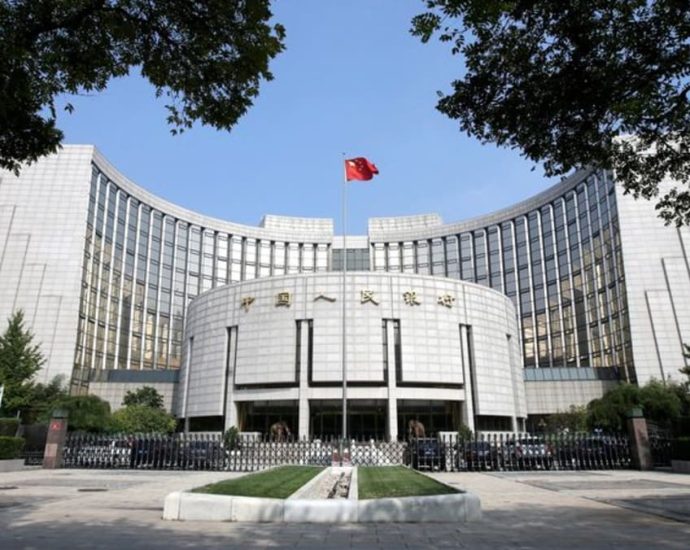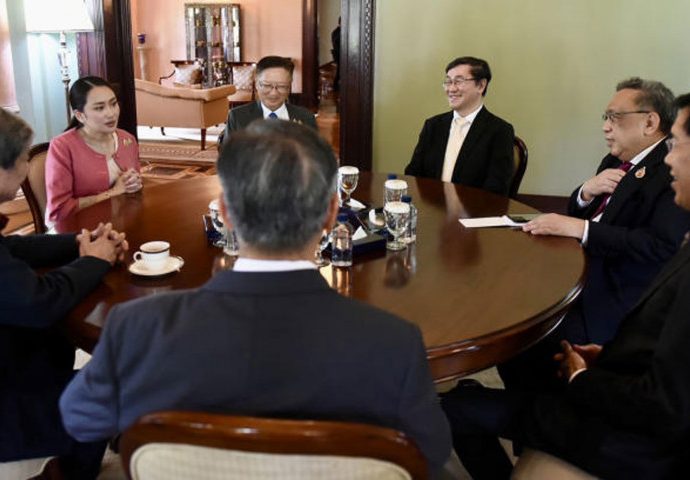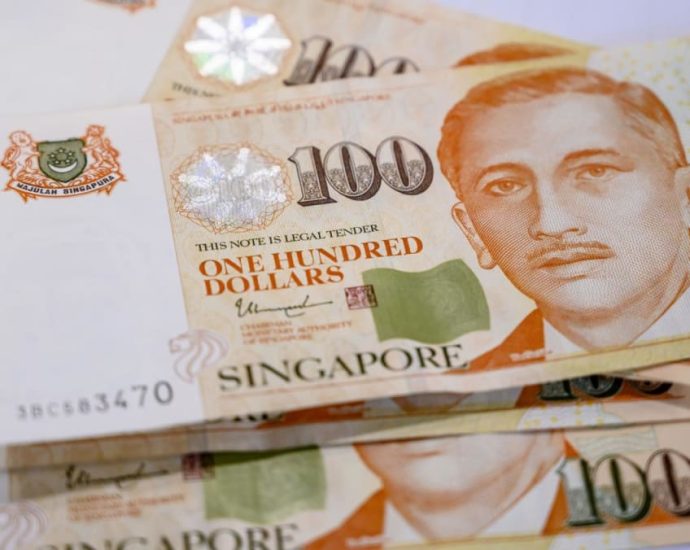Govt ups compensation to flat B9k

The cabinet revised compensation for flood victims to a flat rate of 9,000 baht per household instead of the previous 5,000-9,000 baht range.
“The government decided that all affected households will each receive 9,000 baht due to the severity of the flood situation,” said Prime Minister Paetongtarn Shinawatra on Tuesday after a cabinet meeting.
She said the cabinet had received reports from the frontline operation centre for disaster relief for flood, storm and landslide victims and has reviewed the details of the financial relief to flood victims previously announced at 5,000 baht, 7,000 baht and 9,000 baht.
The cabinet agreed in principle on the new single payment, but more details have been requested for further approval on Oct 8, she said.
Following discussions with Deputy Interior Minister Theerarat Samrejvanich and Deputy Defence Minister Gen Nattaphon Narkphanit, who had also been inspecting flood-hit areas, the PM reported that assistance has been provided to those in need.
The premier said the cabinet approved a proposal from the Ministry of Finance to revise the Government Savings Bank’s (GSB’s) low-interest loan (soft loan) programme, with a budget of 50 billion baht out of the total of 100 billion baht.
This programme will provide low-interest funds to financial institutions for lending to small and medium-sized enterprises (SMEs) and freelancers affected by the floods.
In addition, the GSB has suspended debt and waived interest for three months from October to December 2024 for some SMEs to ease the financial burden.
Meanwhile, Pornchai Thirraveja, spokesman for the Finance Ministry, said the cabinet has approved raising the top level of the GSB Boost Up soft loan programme and a loan guarantee proposal to help SMEs affected by flooding from the Thai Credit Guarantee Corporation (TCG).
For the soft loan programme, the GSB will offer loans to financial institutions at a 0.01% interest rate for two years to lend to those affected by the flood at an interest rate not exceeding 3.5% per year for two years.
Borrowers can receive up to 40 million baht, and loan applications are open until Dec 30.


















